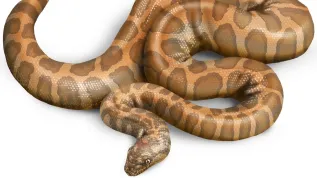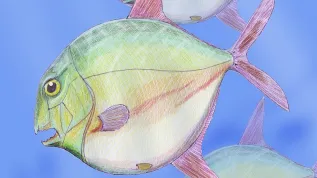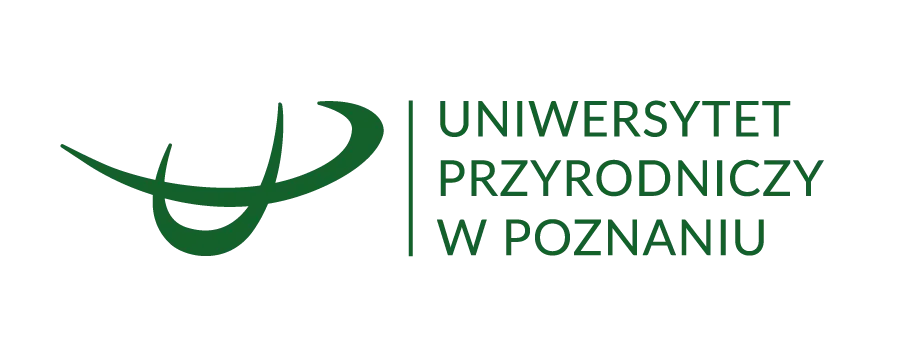
963 chamois live in the Tatra Mountains, show the results of the spring count of these protected animals. This result indicates that the population of the Tatra chamois remains at the highest level since the mid-1960s, said Tatra wildlife expert Filip Zięba of the Tatra National Park.
"On the Polish side of the mountains we have counted 273 chamois. We are particularly happy about large number of goatlings - 168, 58 of which are on the Polish side" - Zięba told PAP. He added that during this year\'s campaign the weather was hot. "We carried out the campaign jointly with the Slovaks last Tuesday. We started counting at 4 o\'clock in the morning. With the passage of time, heat bothered both naturalists and chamois, which reluctantly came out into the open field and preferred to hide from the sun under rocks or on patches of snow, which sometimes made the task more difficult" - he concluded.
During last year\'s spring count, naturalists counted 950 chamois in the whole Tatra, and during the while verifying autumn campaign they counted a record number of animals in the history of monitoring, 1096 chamois.
Tatra chamois count takes place twice a year: in the spring and a verifying count in the autumn. It is organized since 1954, and together with the Slovaks since 1957. According to the naturalist from the Tatra National Park, counting must be carried out simultaneously on both sides of the Tatra Mountains, because the animals freely cross the border ridge.
Naturalists counting chamois walk from the upper edge of the forest in the direction of the main ridge of the Tatra Mountains, where they meet with the Slovaks. Counting area in the Polish part of the mountain is divided into 35 observation regions. Each counting team has a map, and moves only in the assigned sector. Each observer notes down the number of encountered animals, the place and time, which prevents counting the same animals twice.
Zięba explained that the number of chamois varies. In 1964, there were over a thousand chamois, and a drastic drop in population of these animals occurred at the turn of the millennium, when only 241 chamois were recorded in the whole Tatra Mountains. Chamois population increase occurred in 2007, when nearly 550 were counted in the Tatars, and this number has been increasing every year.
Chamois is a symbol of both Polish and Slovak Tatra National Park. Although it is a protected species, poachers still sometimes hunt these animals.
In Poland, apart from the Tatra chamois also live in the Sudetes, but it is an alpine species brought into the mountains by the Czechs in the early twentieth century. A small flock of chamois crossed the border into Poland in the 1970s and settled on the slopes of Śnieżnik.
Chamois live in small herds called flocks that have a specific structure: the leader is always an experienced female with a calf. Other females with young, as well as so-called yearlings and two-yearlings also remain in the herd. Grown males usually live solitarily or form bachelor groups, joining herds in fall, during mating season.
PAP - Science and Scholarship in Poland
szb/ mki/ bk/
tr. RL













